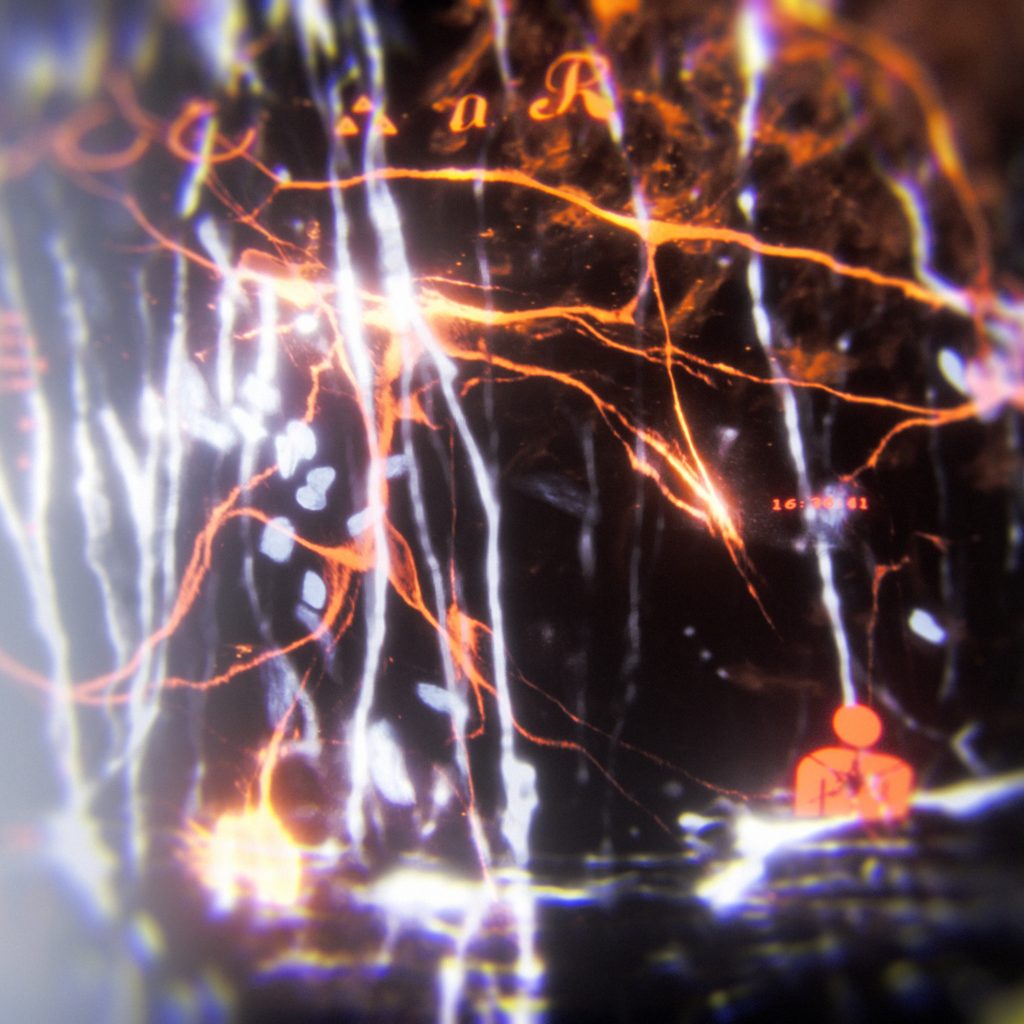Today I read Clare Sam’s case study on the ways in which art and design technicians conceive of their roles in higher education. This short paper written by an ex-technician from CSM, allowed me to reflect upon my own experiences as an arts technician and producer moving from the private sector and into working as a specialist technician at Camberwell. And it also taught me that art technicians don’t teach, they ‘Quasi Teach’.
As part of the study technicians were asked to provide 3 images that related to student learning and the teaching aspects of their role. This task employed a method defined as ‘Photovoice’ in which the technicians were asked to produce a short analysis of a chosen image. She states that her methodology was ‘designed to encourage their participation’ in order to be ‘sensitive to these staff as arts practitioners’. It seems that Sam’s was wanting to work with an object based learning methodology in order to engage the creativity of the technical staff participating.
4 technicians responses are outlined in the study and all of them appear to work in differing technical roles. The main takeaways here are as follows.
- Tech A : Student facing technicians felt that their roles contained elements of pastoral care due to long-term face to face contact. This is evident in the first image which contains an office door upon which is a (very old archaic) Peanuts poster reading ‘Psychiatric Help $5, The Doctor Is In’.
- Tech B : Chose an image of the process of creating a costume with a student, taking the student through the process of an idea to realization. The (almost monochrome) image contains some sockless feet in sandals, a large pile of bundled grey fabric and some plastic piping.
- Tech C : A non student facing technician whose responsibility was to design online learning resources. This technician seemed to focus more on students that could be reached remotely and is used by Sam’s as an example of how the definition of technical roles is broadening.
- Tech D : In this image we see a sample shelf containing samples of materials and cast objects to demonstrate material processes to students.
The conclusion to the study outlines three commonalities to the technicians responses. These themes Sam’s defines as ‘Supporting’, ‘Helping’ and ‘Teaching’.
- Supporting : Using expertise to support Academic Practice.
- Helping : Using expertise to create learning environments.
- Teaching : Technicians that teach or as Sam’s citation describes as ‘Quasi-teaching(!?)’.
I found Sam’s study extremely promising as I had yet to come across any research on the art technician role. It is unfortunate that it’s not easy to track down all of Sam’s Citations as I would love to lots more reading on this topic.
As a technician however, I am disappointed to read some of the study’s findings, specifically the section on page 63 that states that ‘most technical staff did not feel that they were supported in their career and professional development’. This highlights what seems to be an ongoing issue for the technical departments within UAL.
I will probably write a follow up post covering my thoughts on Technicians and teaching. I was particularly confused by the language used in this study that described technicians as ‘Quasi Teaching’. I’d like to explore further the definition of teaching within the framework of the workshop.

Leave a Reply